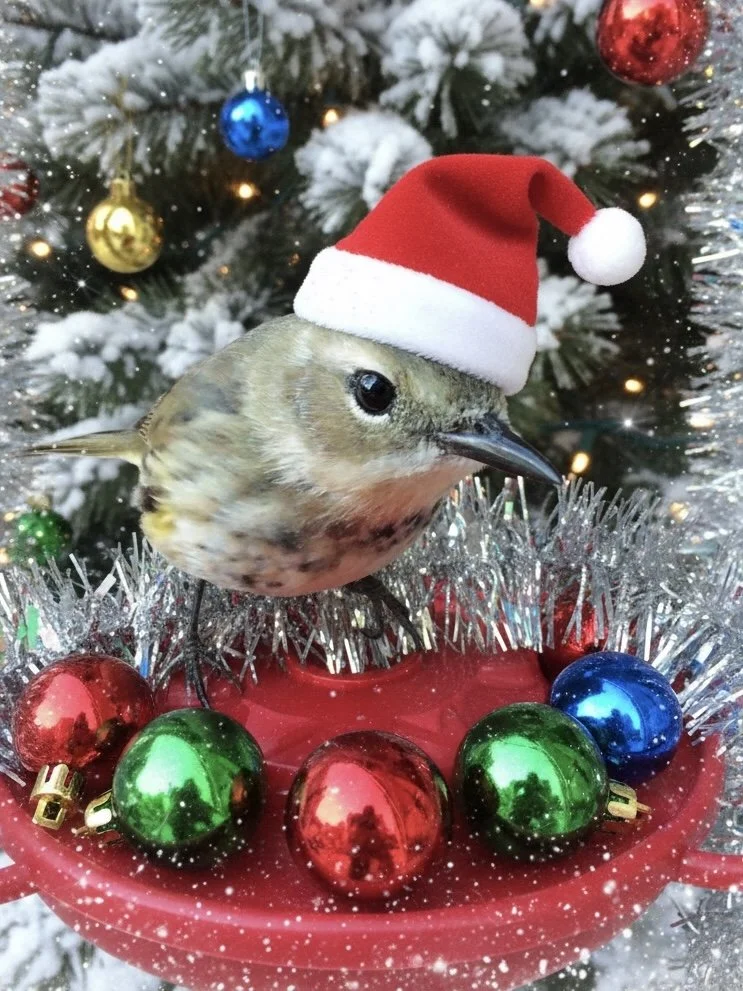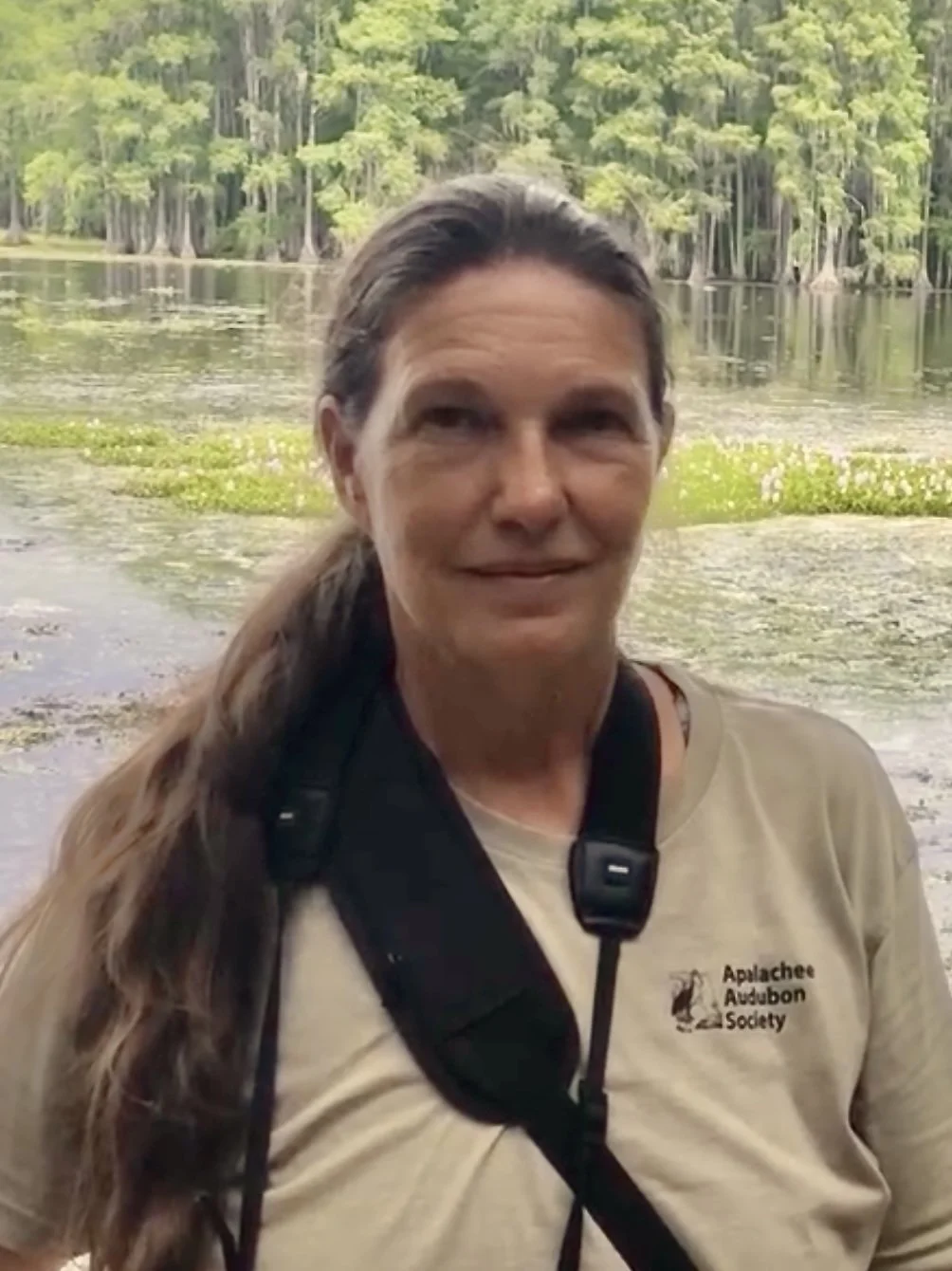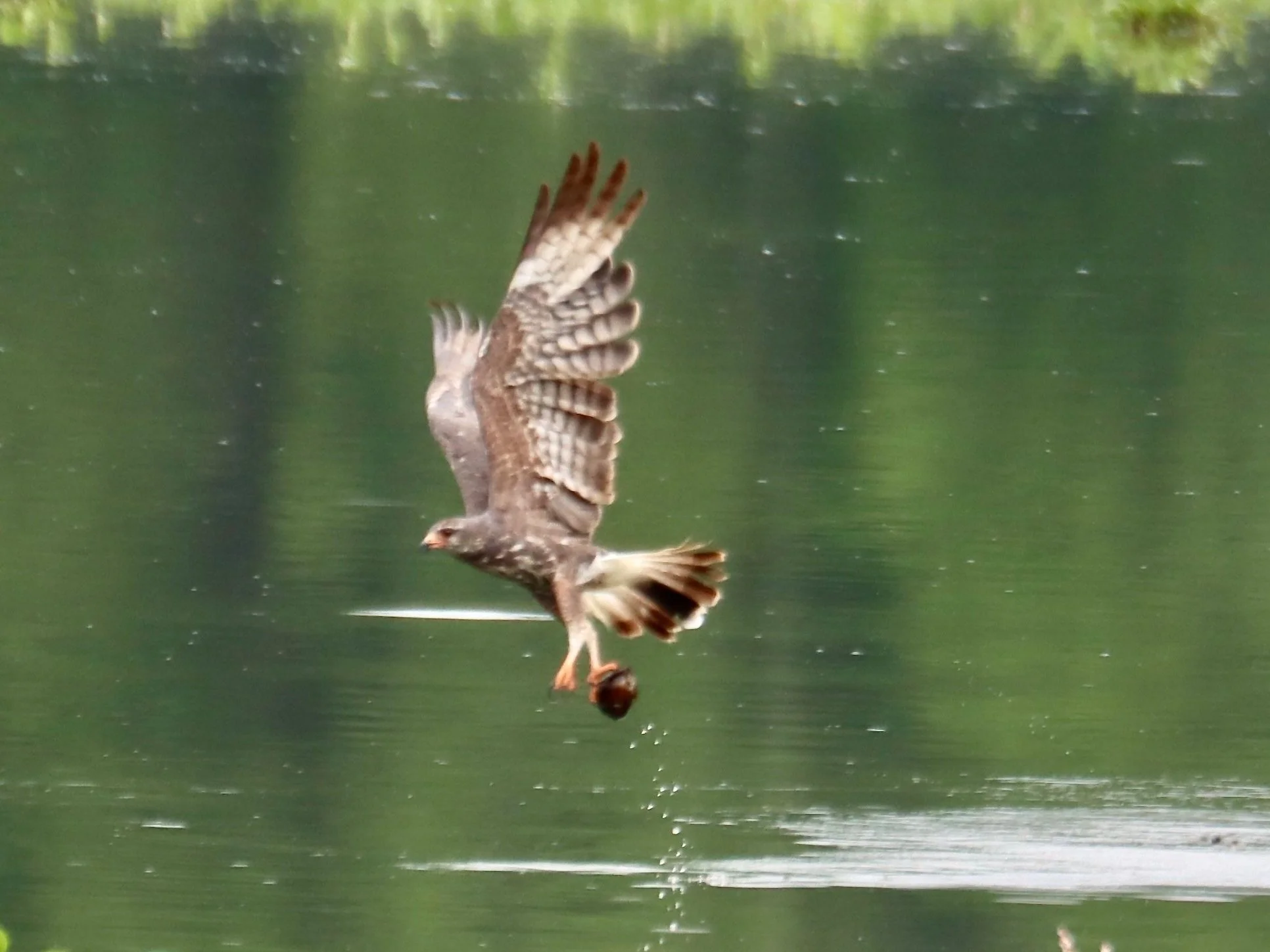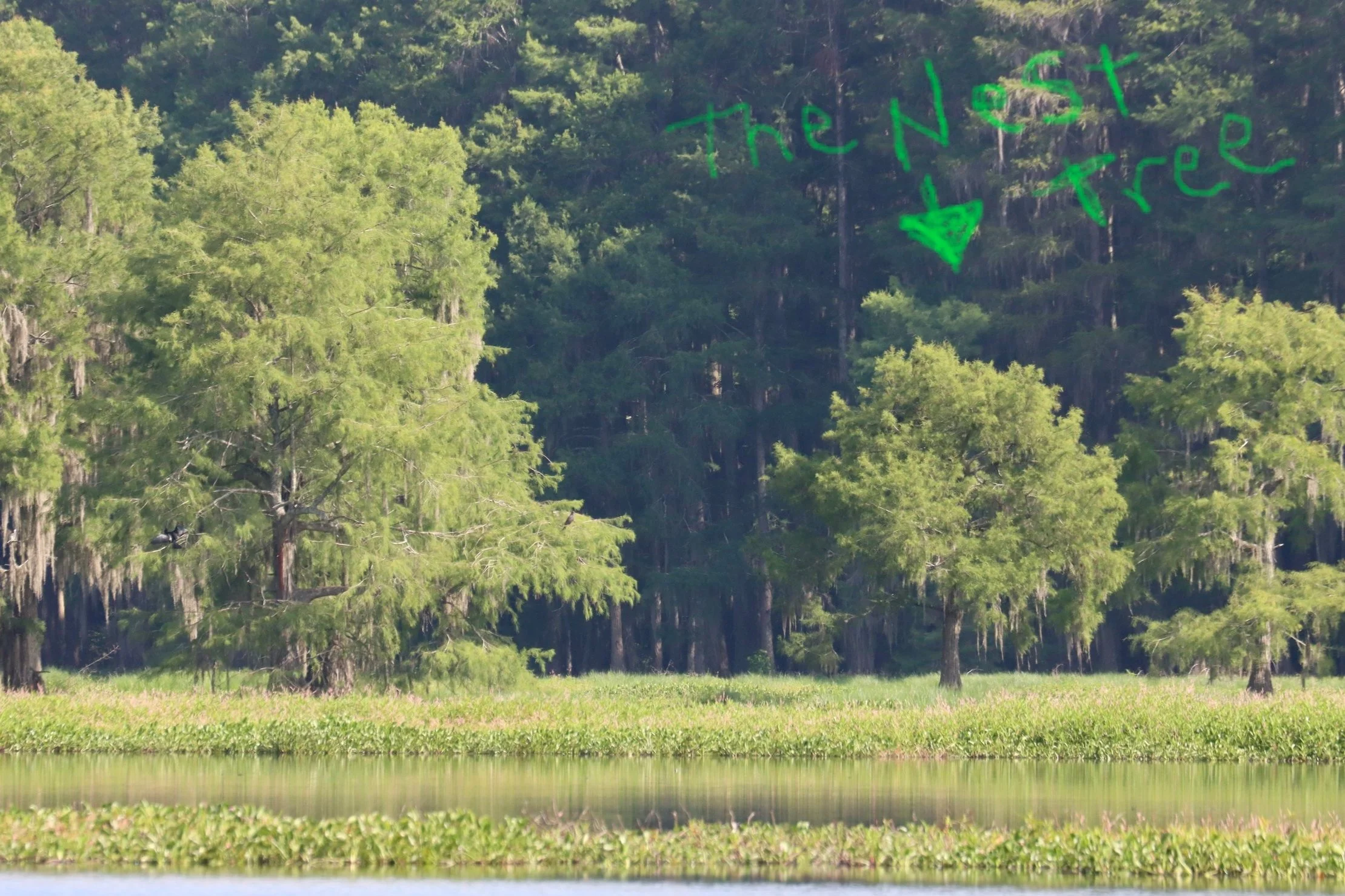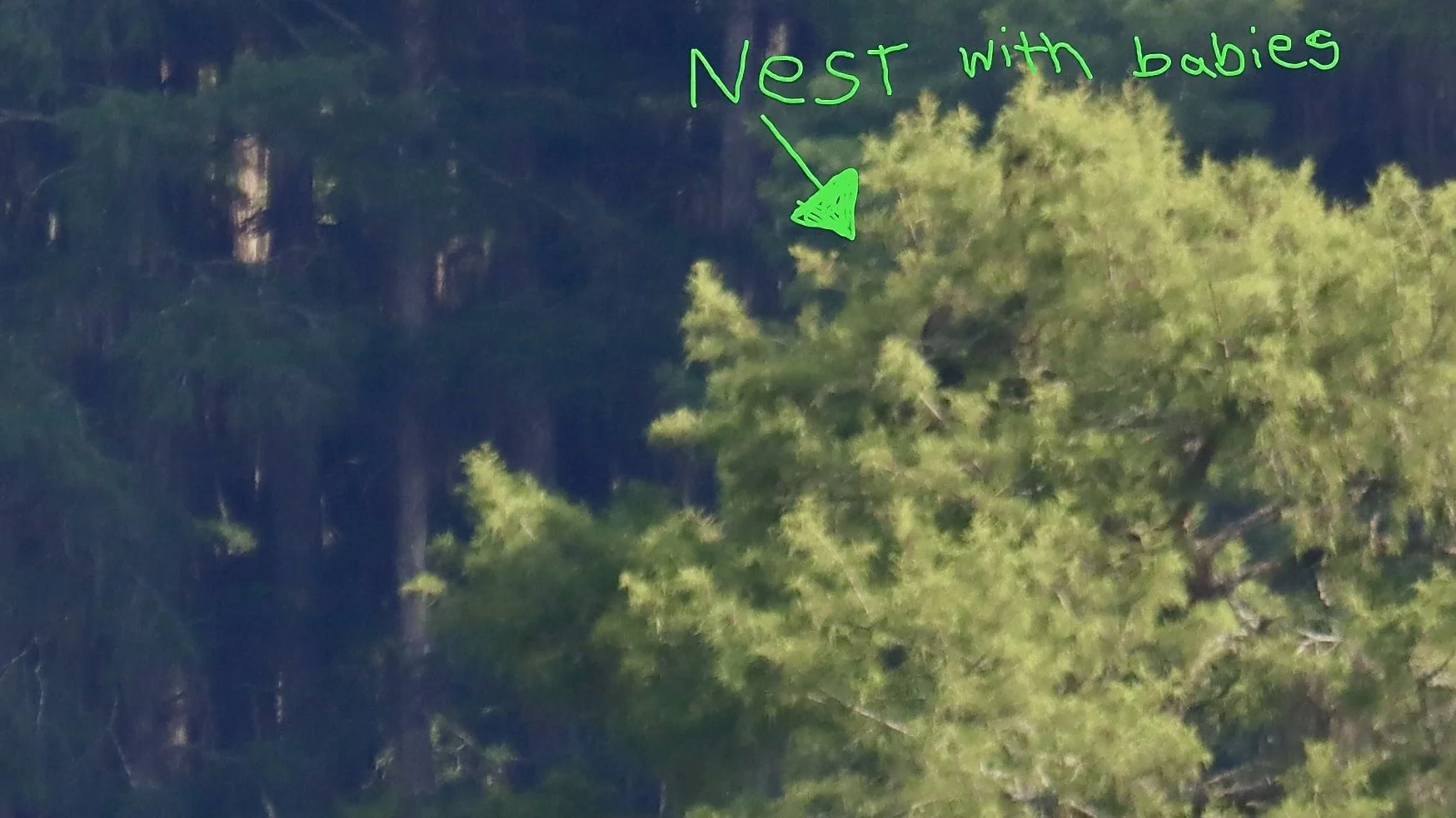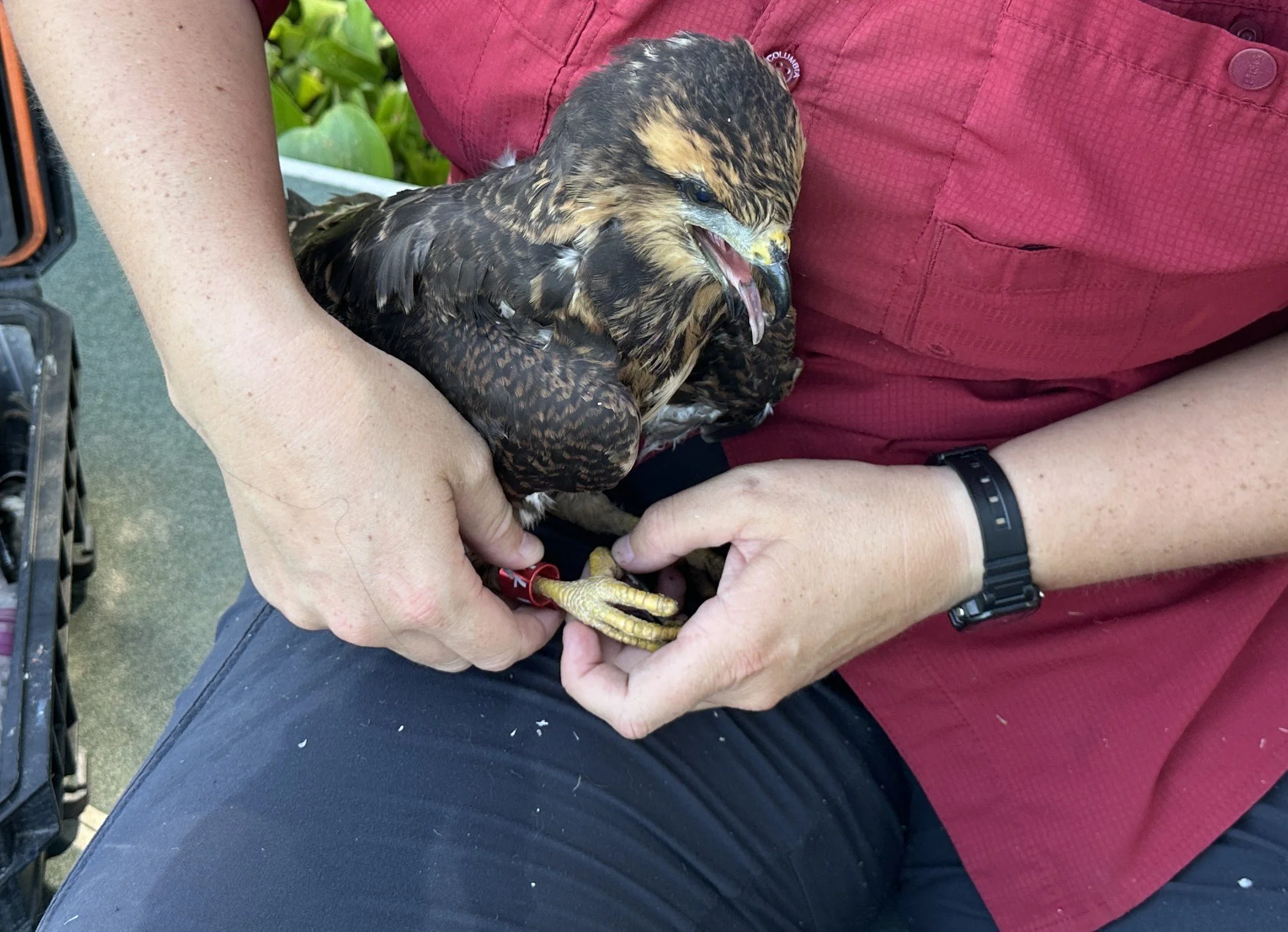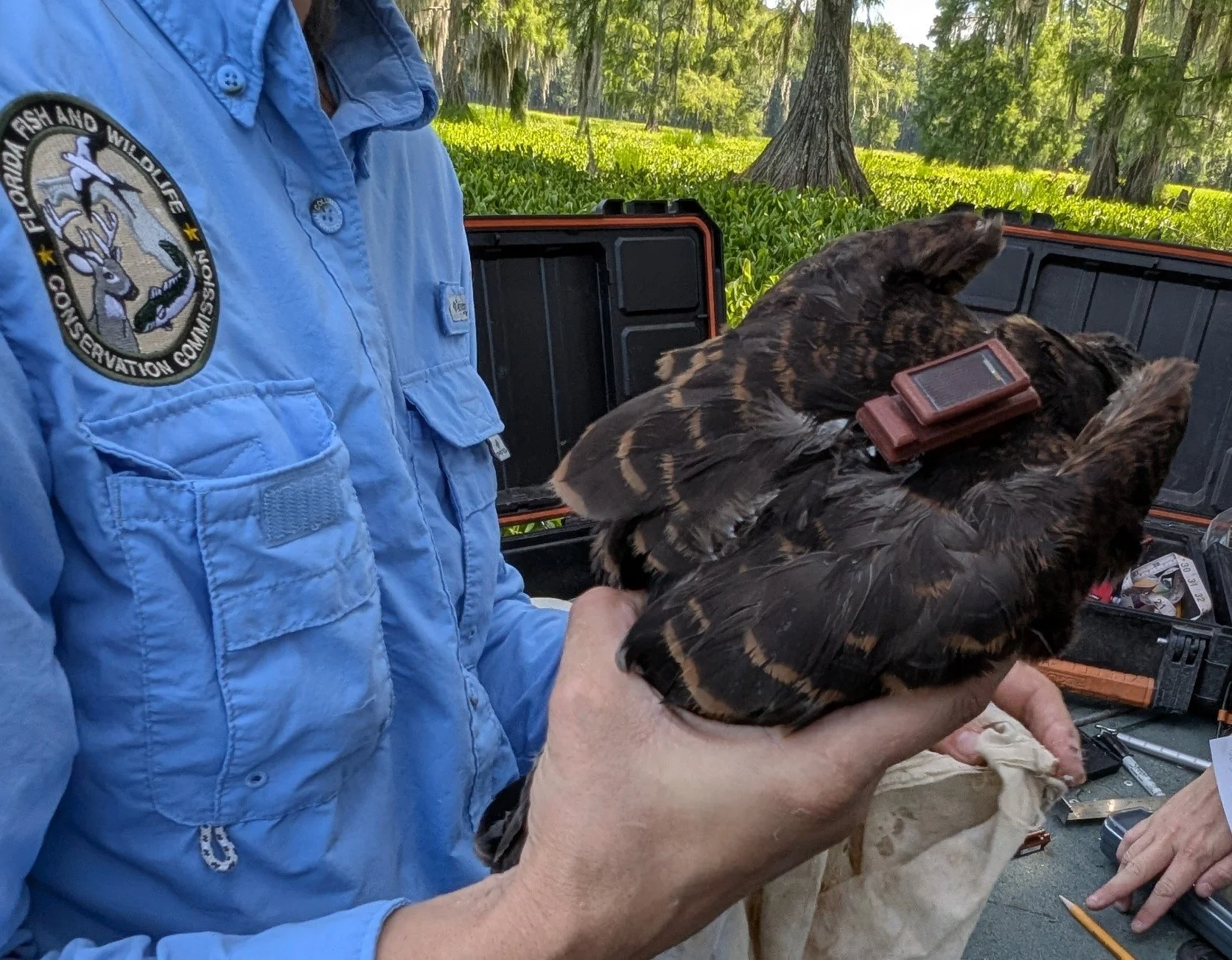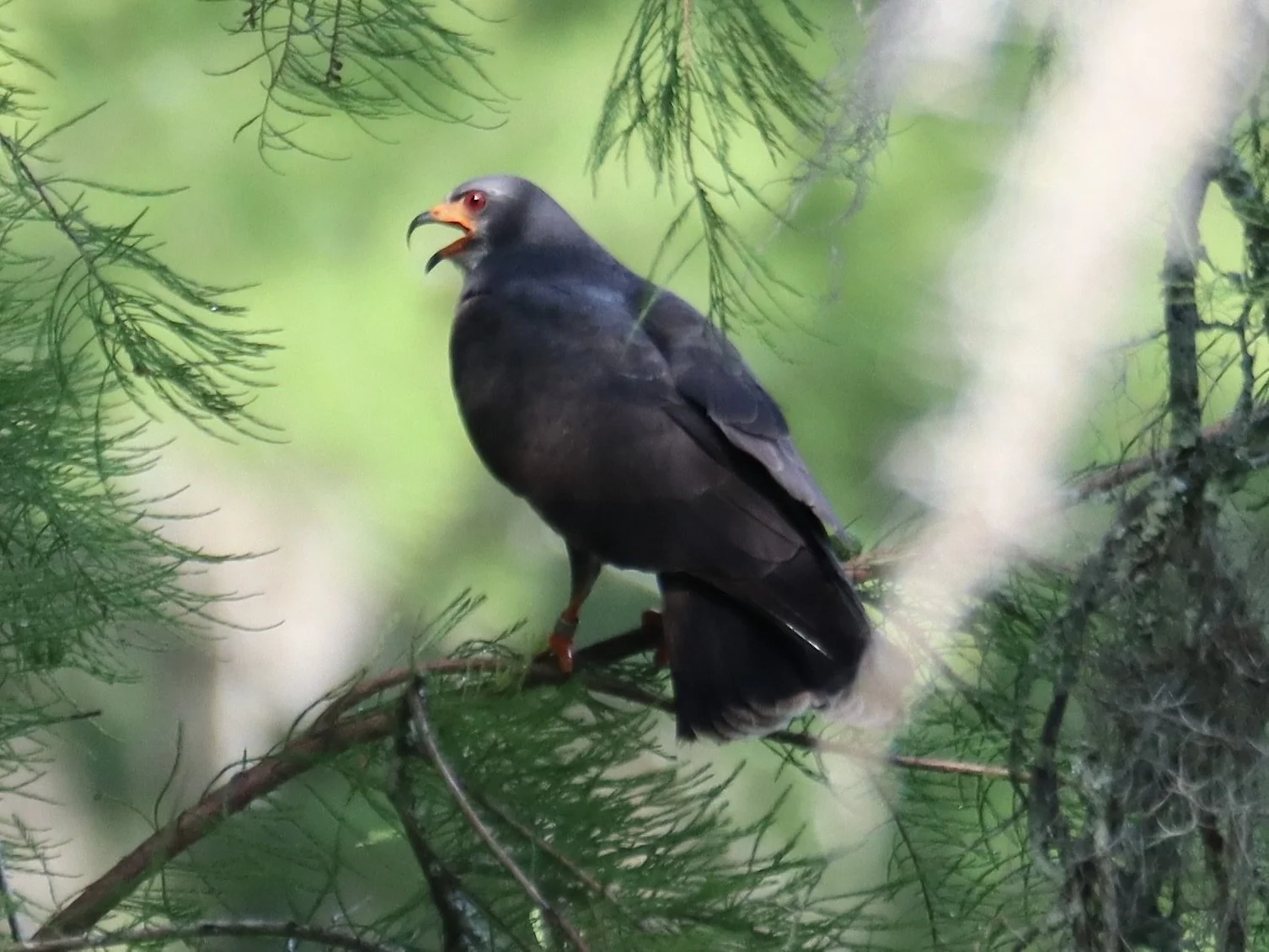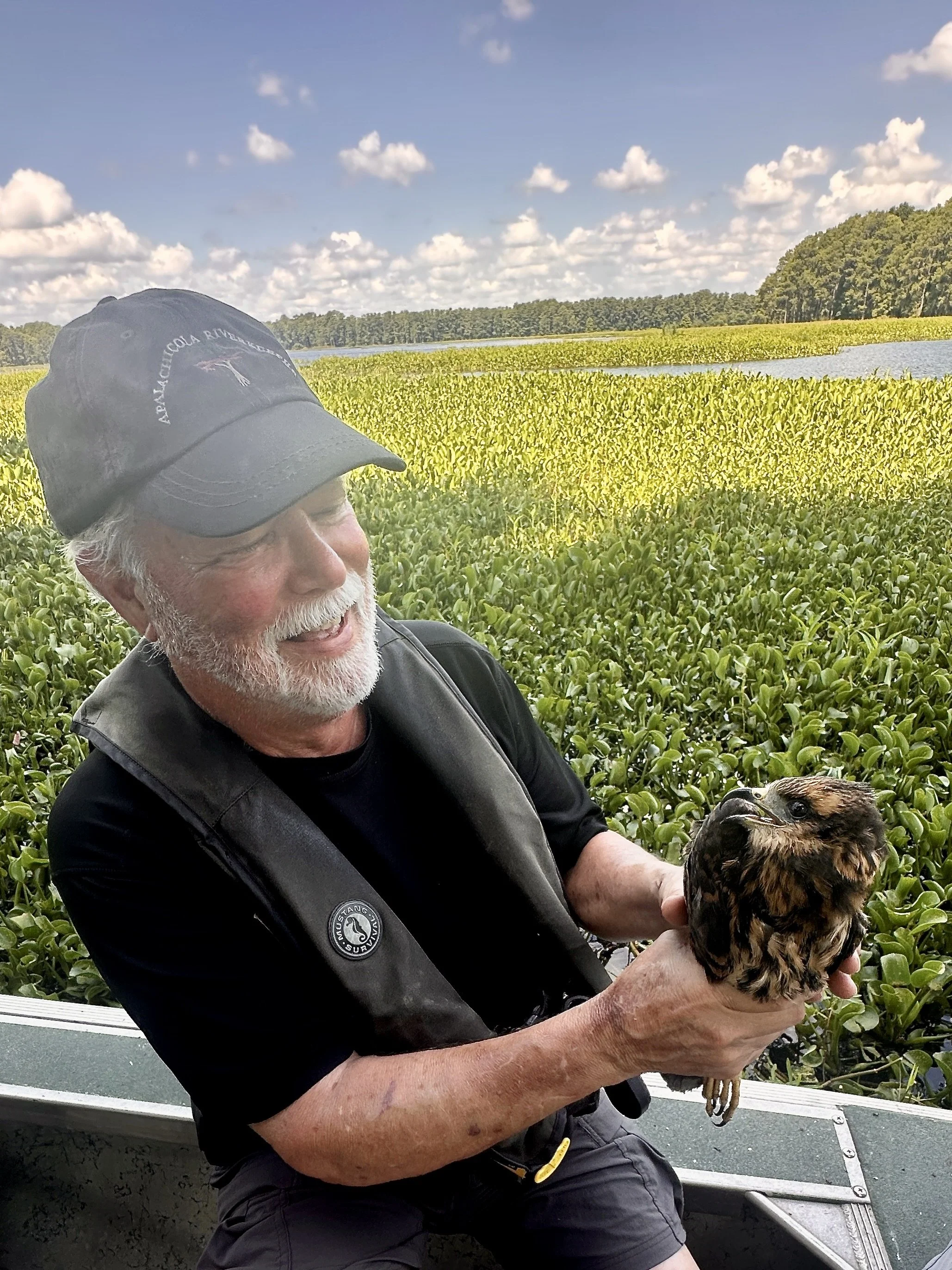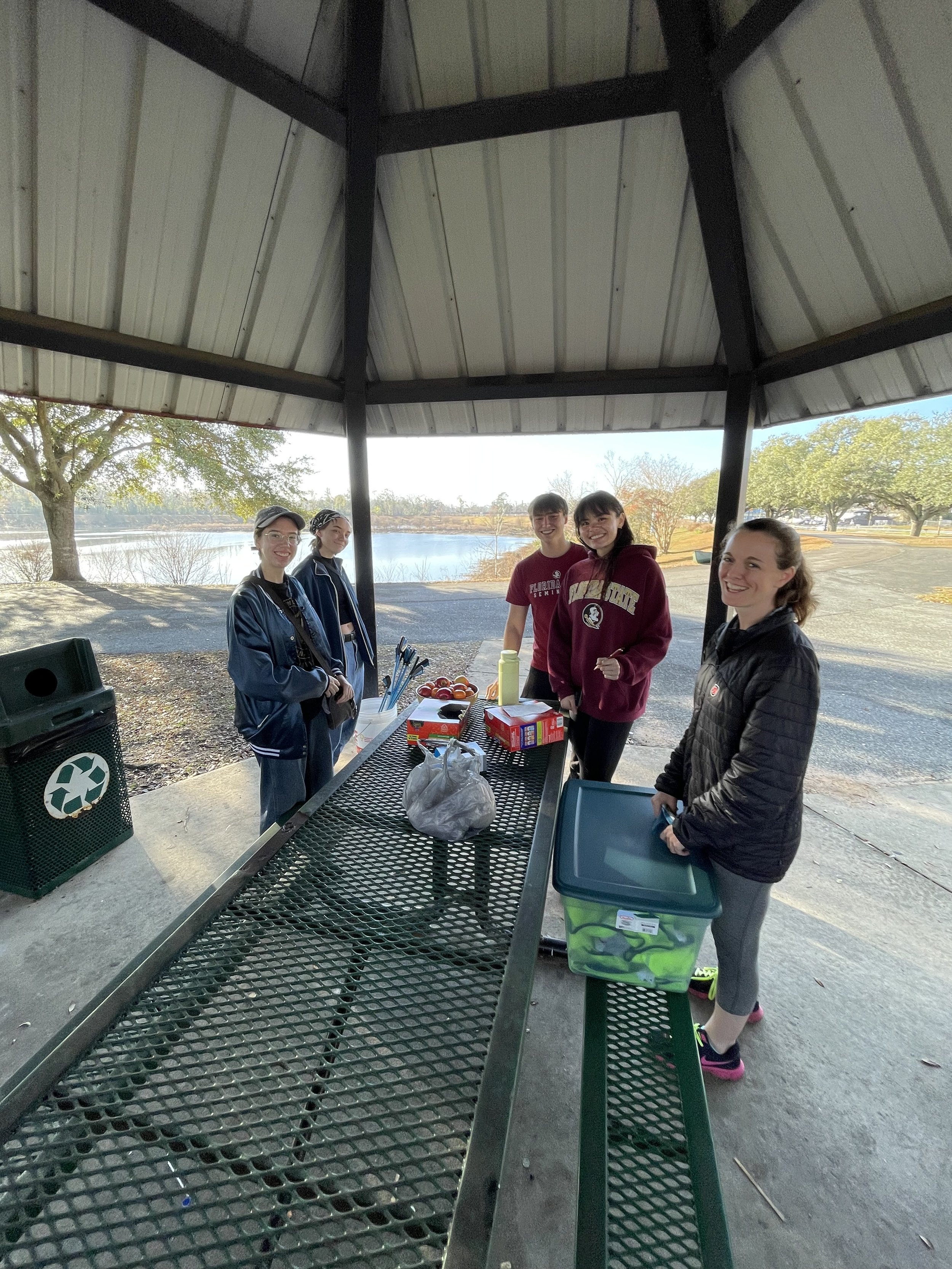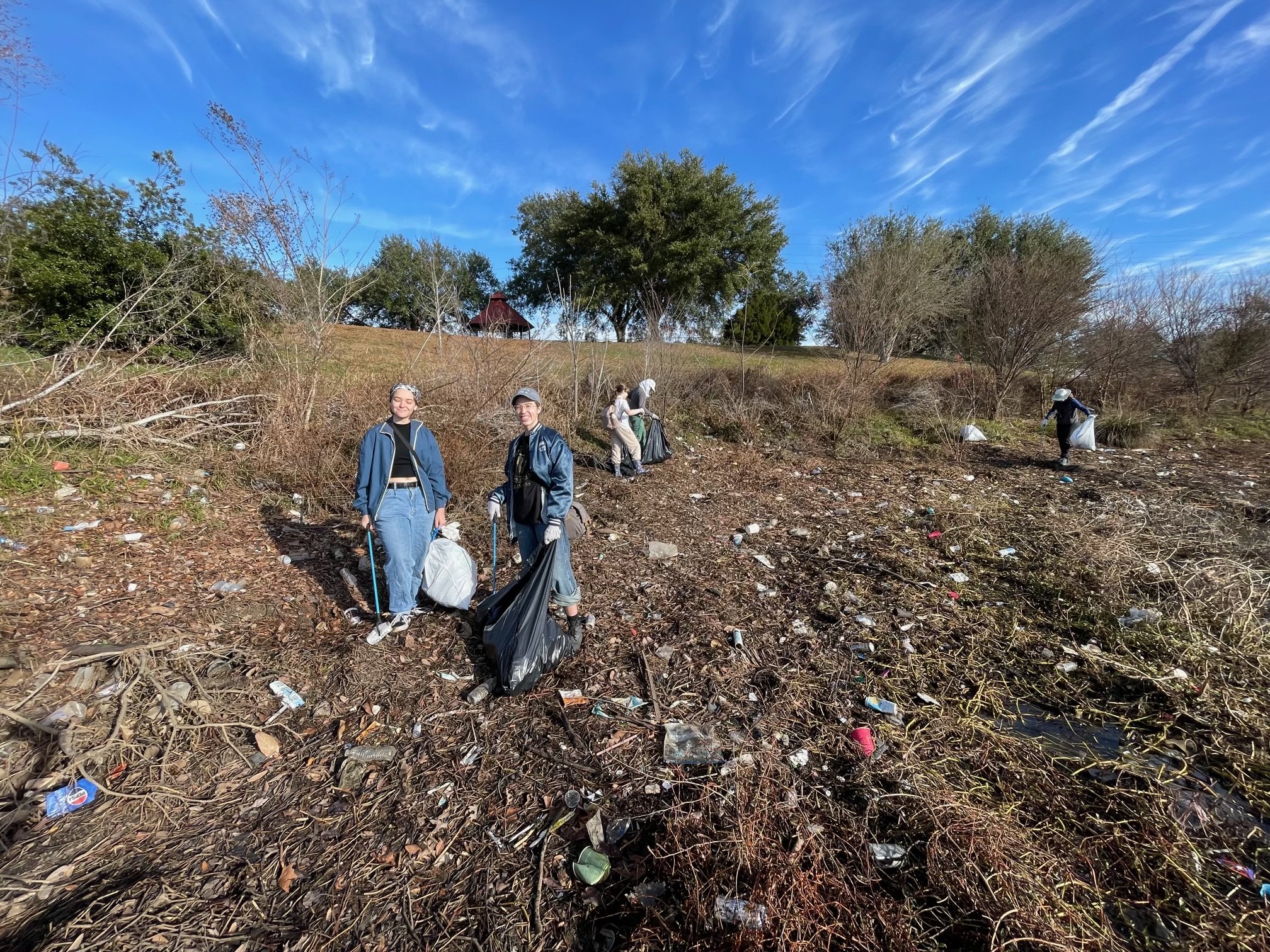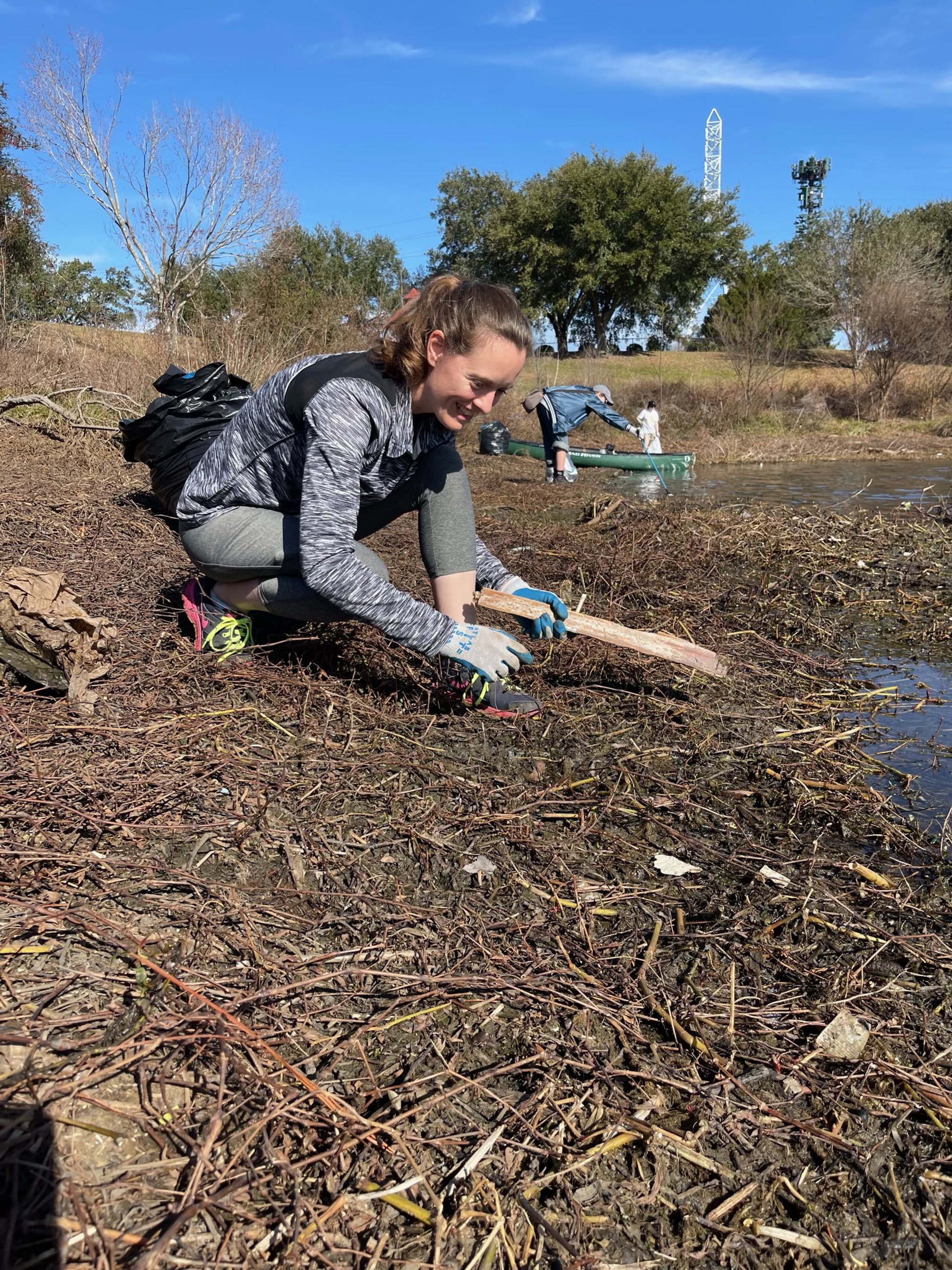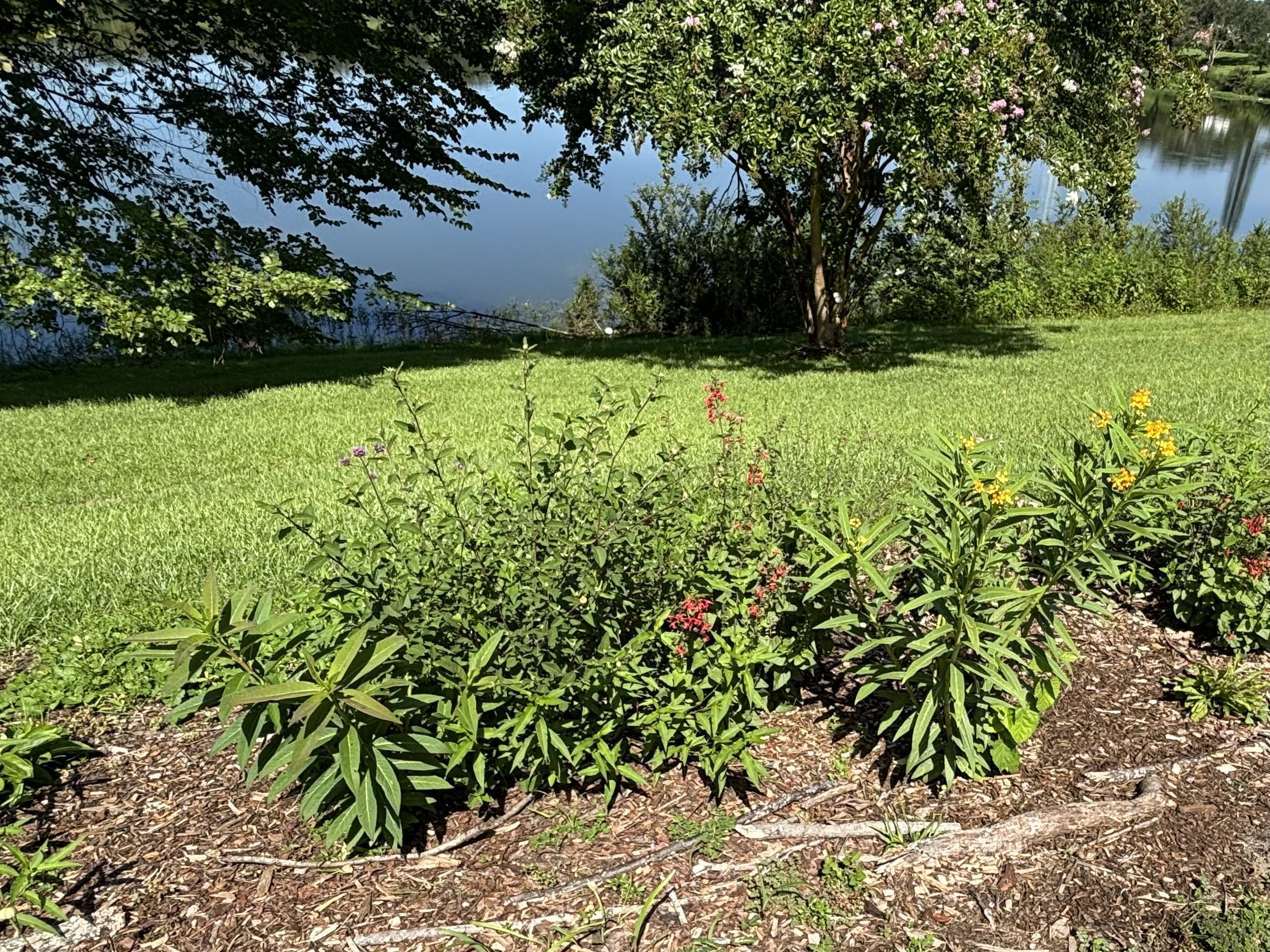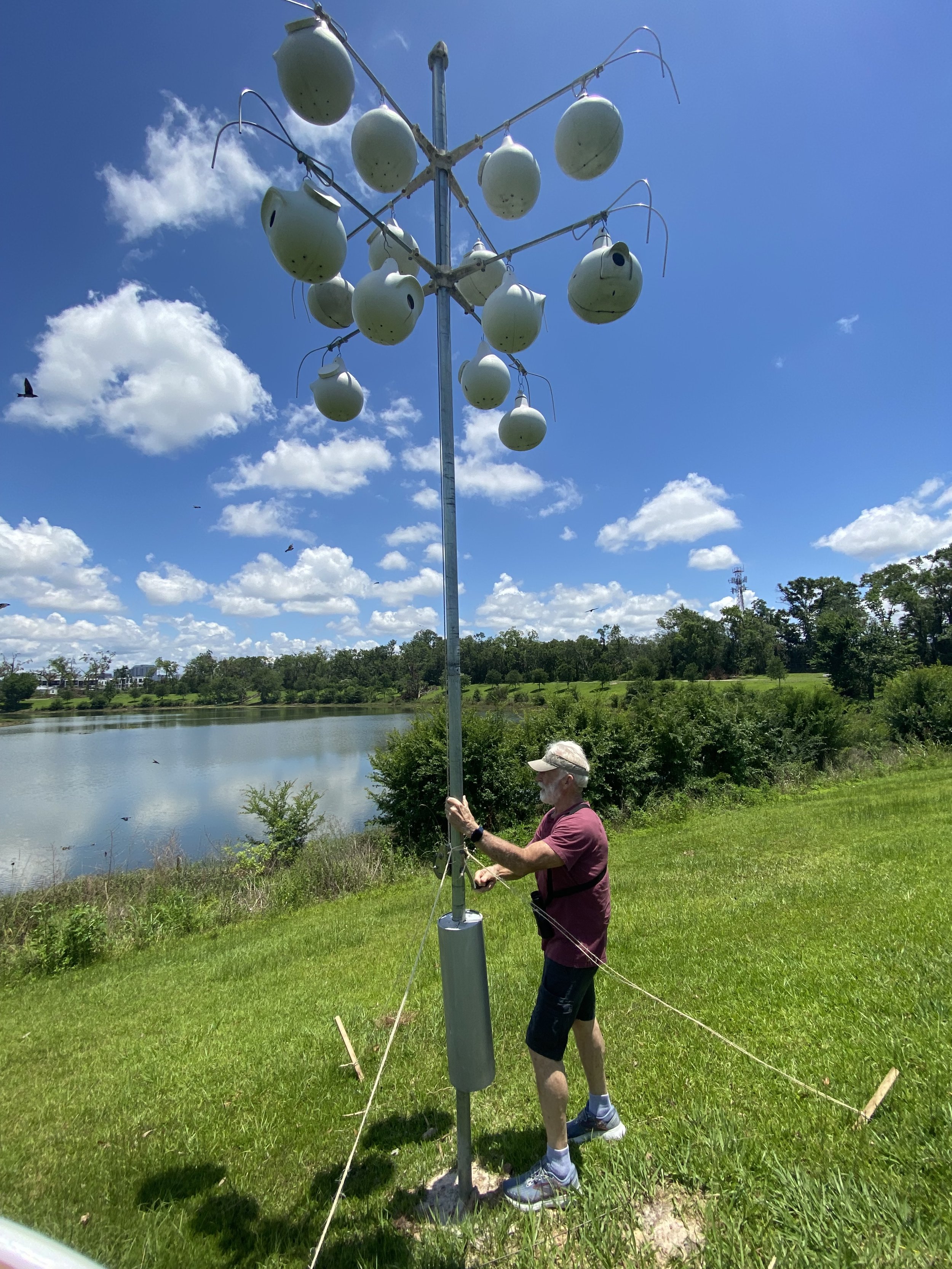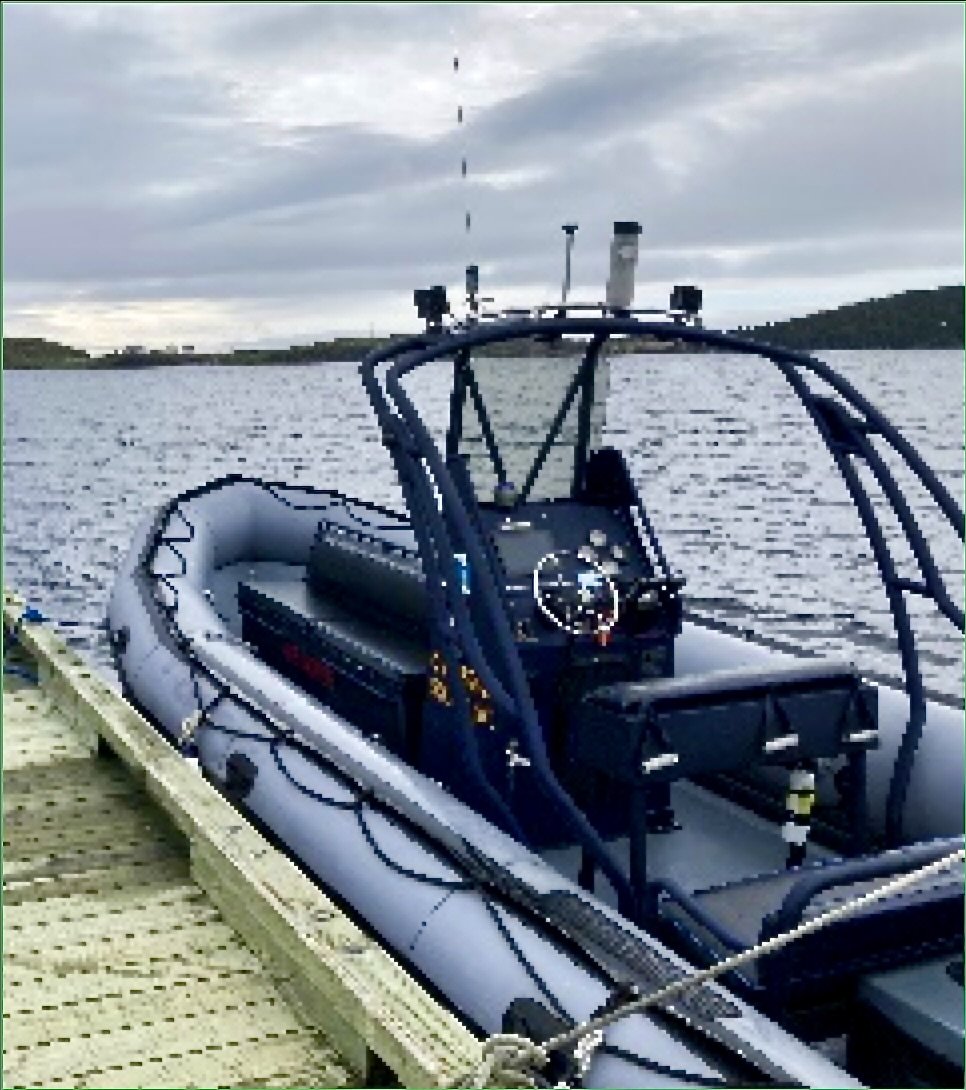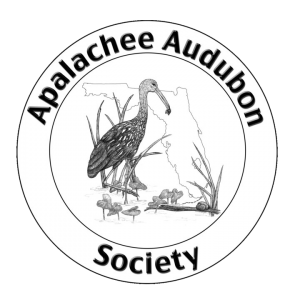Yellow-rumped Warbler, ready for the holidays!
As we speed into the holiday season I am busy thinking about all the people I want to give gifts to, and trying to figure out some ways that I can make people happy and also support the things that I care about at the same time. I have quite a few friends who give donations in the name of loved ones as a gift. This is a great way to give back but it is not the only way! I have put together a little list sharing some ways that I am able to give to causes that I care about and gift items that will make people happy all at the same time.
This first one, Conscious Step, is a company that partners with a variety of great causes that you can choose to support. They sell primarily really cute themed socks, but also some other clothing options. Personally I shop in the section that helps conserve our rainforests. These make great stocking stuffers!
This next one is a shoe company P448 which's mission statement shares that they are a forward-thinking brand that is focused on making products that contribute to a cleaner, greener, and more inclusive world. These are great gifts for fashion focused loved ones. They have a line that is called their Invasive Species line which includes shoes that make use of problematic species that are being culled, for example, Burmese Pythons from the Everglades or Lionfish which threaten our reefs.
This next one, Giftiply is a gift wrapping company. You can purchase your wrapping paper or cards from them and 33% of your purchase will go to the cause that you choose your collection from. I personally like the Wildlife Conservation section here.
https://www.giftiply.com/category/wildlife-conservation-network
I am also a big fan of t-shirts that support causes that I care about. Bonfire is a fantastic site for finding shirts that support causes you care about. Bonfire is a platform that allows organizations or individuals to sell shirts to their followers with a part of the cost going to Bonfire to cover the cost of the product and the rest going to a cause that has created a fundraising effort. Here is an example of one that caught my eye, however, there are many, many options.
Next we have Bird Collective, a company that provides a variety of bird inspired items that contribute to specific bird conservation groups, for example, they have a collection that gives specifically to grassland birds or International Crane Foundation or Hawkwatch International, among others. Bird Collective has a nice selection of bird inspired clothing, as well as, books, games, puzzles, and other birdy gifts.
https://www.birdcollective.com/
Shade grown coffee or chocolate is a fantastic way to give something someone will really enjoy that really does help conserve the migratory birds we love. The Smithsonian Zoo's Migratory Bird Center has created standards and certifications for farmers who grow coffee and chocolate. These standards help promote biodiversity, provide habitat and sustainability on these farms with shade grown coffee and chocolate, which happens to some of the best tasting coffee and chocolate you will ever get your hands on.
https://nationalzoo.si.edu/migratory-birds/buy-bird-friendly-coffee-online
Any time you can promote not using plastics in this one-use, throw away society you are doing something that improves the world. An easy plastic to leave out of your life is shampoo and conditioner bottles. There are quite a few businesses that make shampoo and conditioner bars. This one came highly recommended to me and that recommendation proved to be a good one. The shampoo bars are a bit of an adjustment particularly for someone like myself that has long hair but they leave my hair feeling wonderfully silky clean and smelling great!
Another company I frequently purchase gifts from is 4Oceans, a company that pulls plastics from the oceans. They have a variety of products that are made from the recycled plastics. Each of their attractive bracelets sponsors pulling one pound of trash out of the ocean and are themed towards supporting a specific animal that lives in or on our oceans.
This little list is by no means complete. I just want to encourage everyone to think outside the box and look for some gifts that give twice!
Happy Holidays!
Juli deGrummond at the Sapsucker Woods Wildlife Sanctuary in New York State.

